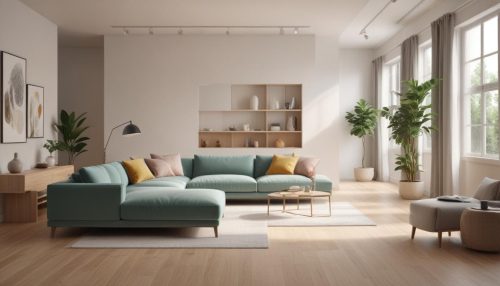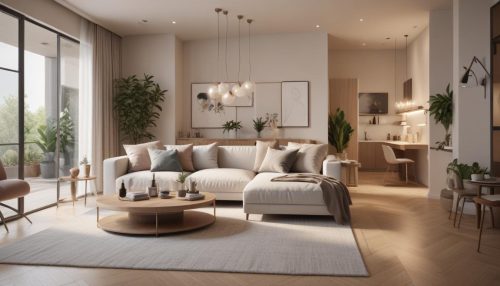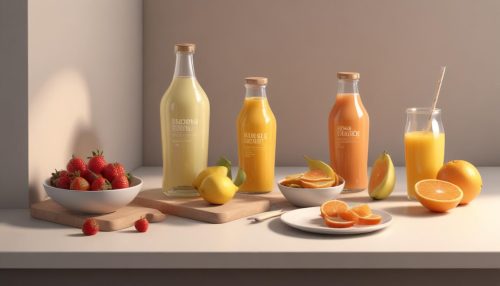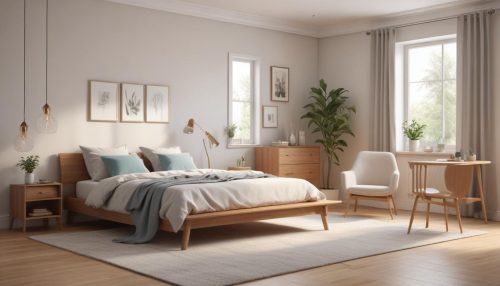How to Use Positive Distractions to Stimulate Creativity
Emma Brooks July 4, 2025
In an age where hyperfocus is idolized, a surprising shift is happening: research suggests that positive distractions—brief breaks, ambient noise, walks, or music—can actually enhance creative thinking. This emerging trend in wellness and productivity emphasizes using distractions as tools for insight, not hurdles.
Whether you’re a writer, engineer, artist, or entrepreneur, this guide offers practical, science-backed methods to strategically integrate positive distractions and refresh your creative flow.
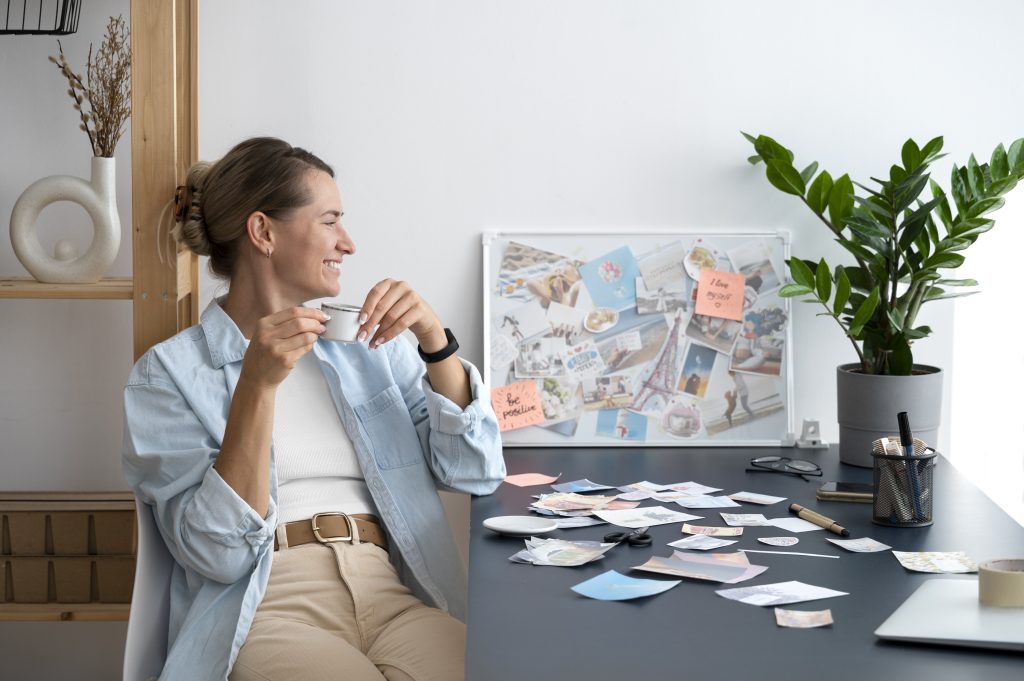
Why Positive Distractions Often Beat Continuous Focus
The Incubation Effect
Studies in psychology and neuroscience find that stepping away from a problem allows the brain’s default mode network to incubate solutions. For instance, NIH researchers observed brain replay during short rest periods after skill practice—leading to improved performance afterward.
Dual-Task Benefit
A study published in Psychology of Aesthetics, Creativity, and the Arts found that participants exposed to distraction tasks later performed better on divergent thinking challenges, supporting the disinhibition hypothesis—broadening mental associations through distraction.
Micro-Break Boost
A systematic meta-analysis revealed that micro-breaks—as short as 27 seconds—helped reduce fatigue and sometimes enhance performance. In tech and creative industries, short pauses also prevent burnout and improve idea generation.
Emerging Trends in Creative Wellness
- Ambient creativity optimization: Moderate background noise (~70 dB) has been shown to boost abstract thinking and spark ideas.
- Digital disconnection practices: Wellness communities now encourage intentional screen breaks—like walking without a phone—to promote cognitively refreshing distractions.
- Daydreaming as productivity: A VeryWell Mind study highlights how daydreaming—when managed well—enhances problem-solving and emotional regulation.
These intel-driven shifts show a cultural pivot: focusing less can actually unlock more.
7 Positive Distractions to Stimulate Creativity
1. Active Daydreaming
Let your mind wander for 5 minutes, no devices allowed. It activates creative networks and can surface new perspectives.
2. Background Ambient Noise
Play low-level coffee-shop sounds or instrumental music. Moderate noise prompts deeper abstraction and idea generation.
3. Micro-Break Movement
Stand up and stretch, walk around the room, or do a 30-second shuffle. These breaks rejuvenate focus and reduce mental fatigue.
4. Dual-Task Distraction
Engage with a low-effort secondary activity—like doodling, fidgeting, or simple typing—to free your mind for creative insight .
5. Time in Nature
Walk outside or gaze at greenery. Attention Restoration Theory shows nature quiets directed mental fatigue and boosts creativity.
6. Reflective Breaks
Pause to mentally recount your process so far. Reflection interrupts autopilot, bringing new ideas to the fore .
7. Music Interlude
Experiment with soft instrumental music during breaks. Research shows it may support incubation, mood lift, and idea flow—if matched to task.
A Guide to Structured Creative Breaks
Morning:
- Task start: Work for 25 minutes.
- Break: 3-minute ambient sound or short walk.
Midday:
- Focused work (~60 min)
- Nature break: 5–10 minutes outside.
Afternoon:
- Reflection pause: 5 min journaling or mental recap.
- Dual-task: 5 min simple doodling or word association.
Evening Wind-Down:
- Daydream session: Lie down and let your mind drift.
- Optional music: Instrumental background during reflection.
Real-World Examples
- Google engineers use mindfulness breaks to recharge. Research shows the default mode network—responsible for deep insights—activates during rest.
- Writers and artists report breakthroughs during mundane tasks like showers and walks—demonstrating creative incubation.
- Tech teams report fewer bugs and better code when alternating focus work with micro-breaks.
Avoiding Distraction Pitfalls
| Mistake | Tip |
|---|---|
| Endless scrolling | Set timers for both work and break sessions. |
| Taskless breaks | Choose structured methods (e.g., nature, ambient noise). |
| Work-break confusion | Log insights right after breaks to capture ideas. |
Measuring the Effectiveness
Track creativity with personal metrics:
- Idea count during sessions
- Break types used and their impact
- Feeling refreshed? after sessions
- Quality of insights—note breakthroughs post-break
Regular tracking reveals which distractions truly stimulate creativity.
Conclusion
In a world that prizes relentless output, positive distractions are emerging as a powerful creative strategy. Strategic breaks—whether walking, listening, doodling, or daydreaming—don’t derail progress; they accelerate it.
Use positive distractions to refresh your mind, spark fresh ideas, and sustain creative flow. Start small—one 5-minute break—and observe the insights that emerge when your mind is allowed to wander.
References
- PubMed – Creativity and aging: Positive consequences of distraction
https://pubmed.ncbi.nlm.nih.gov - NIH – Study shows how taking short breaks may help our brains learn new skills
https://www.nih.gov - Inc. – Increase focus, reduce fatigue, boost creativity: Scientific proof for taking 10-minute breaks
https://www.inc.com


